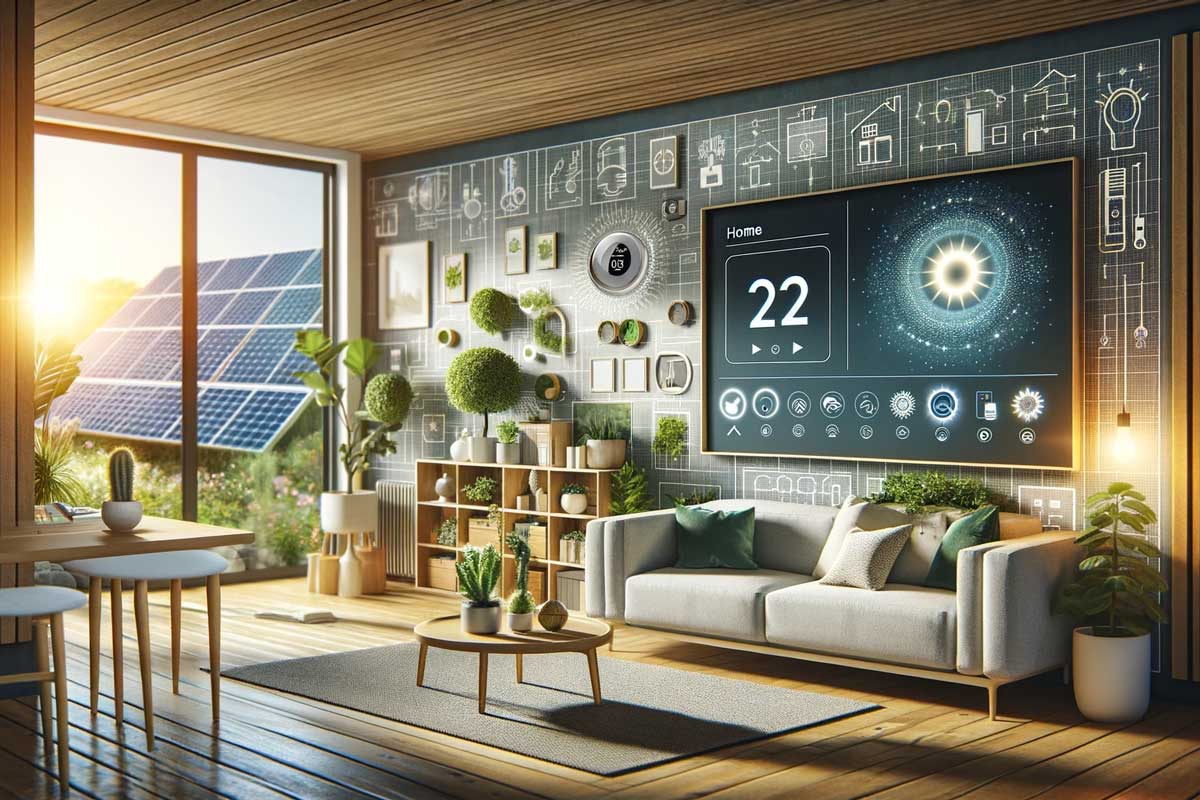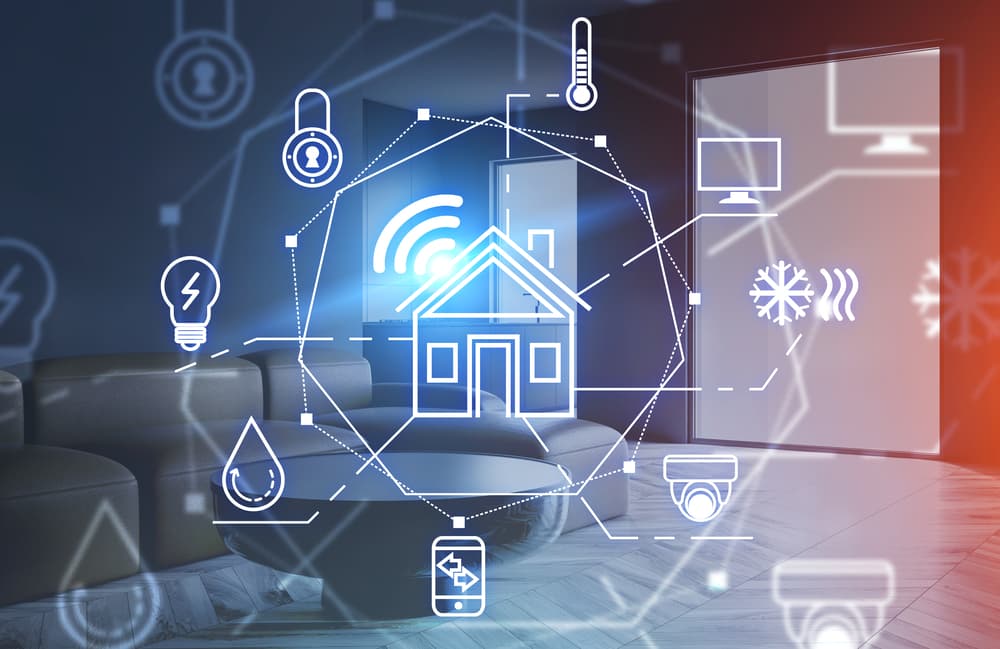
How to automate home heating sustainably: A Tech Guide
Share
In today's rapidly evolving technological landscape, the quest for sustainability has never been more crucial. For tech professionals and enthusiasts alike, the challenge of automating home heating sustainably is not just a technical endeavor but a moral imperative. As we embrace smarter homes, the integration of sustainable energy solutions into our living spaces becomes a central theme. This article will delve into the nuances of creating a smart, eco-friendly heating system that aligns with our planet's needs.
Automating home heating sustainably involves more than just installing a smart thermostat. It requires an understanding of energy consumption, efficient system design, and the integration of renewable energy sources. By focusing on these aspects, we can ensure a greener future without compromising on comfort.

The Importance of Sustainable Home Heating
Heating accounts for a significant portion of household energy use, making it a prime target for efficiency improvements. Traditional heating systems often rely on fossil fuels, contributing to carbon emissions and environmental degradation. Transitioning to sustainable heating not only reduces your carbon footprint but can also lead to significant cost savings over time.
For tech enthusiasts, the integration of advanced technologies such as IoT devices and smart thermostats offers a unique opportunity to optimize energy use. By automating heating systems, we can create responsive environments that adapt to our needs while minimizing energy waste. Learn more about energy efficiency.
Key Components of a Sustainable Heating System
Smart Thermostats
Smart thermostats are at the forefront of sustainable home heating solutions. These devices allow for precise control over temperature settings, learning your preferences and adjusting accordingly. For instance, a smart thermostat can lower the temperature when you're away and warm up your home just before you return, optimizing energy use without sacrificing comfort.
Renewable Energy Sources
Integrating renewable energy sources such as solar panels or geothermal systems can significantly enhance the sustainability of your home heating. Solar panels can be used to power electric heating systems, while geothermal systems leverage the earth's natural heat to maintain consistent indoor temperatures. Explore more about green technology.
IoT and Home Automation
The Internet of Things (IoT) plays a pivotal role in sustainable home heating. By connecting various smart devices, you can create a cohesive system that monitors and adjusts energy use in real-time. For example, sensors can detect when a room is unoccupied and reduce heating accordingly, or integrate with weather forecasts to adjust settings based on expected conditions. IoT solutions are revolutionizing energy management.
Steps to Automate Your Home Heating
Conduct an Energy Audit
Before implementing any automation, it's essential to understand your current energy usage. Conducting an energy audit will help identify areas where improvements are needed, ensuring that your efforts are targeted and effective. This step is crucial for maximizing the benefits of automation.
Choose the Right Equipment
Selecting the right equipment is critical for a successful sustainable heating system. Consider devices that are compatible with each other and your existing infrastructure. Look for ENERGY STAR-rated products, which are designed to be energy-efficient, and ensure they can be integrated with your home automation platform.
Integration and Installation
Once you've selected your equipment, the next step is integration. This process involves setting up your devices to communicate effectively, creating a unified system that can be controlled via a central hub or app. Professional installation might be necessary, especially for complex setups involving renewable energy sources.
Challenges and Considerations
While automating home heating sustainably offers numerous benefits, there are challenges to consider. Initial costs can be high, particularly when integrating renewable energies. However, it's important to view these as long-term investments that will pay off in energy savings and environmental impact.
Additionally, the complexity of smart systems can be daunting. Ensuring that all components work seamlessly together requires careful planning and possibly professional assistance. Tech professionals might find this aspect intriguing, as it offers a chance to apply their knowledge of systems integration and IoT technologies.
Conclusion
For tech enthusiasts and professionals, the journey to automate home heating sustainably is both a challenge and an opportunity. By leveraging smart technologies and renewable energy, we can create homes that are not only comfortable but also eco-friendly. This endeavor not only benefits the environment but also sets a standard for future innovations in home automation.
As we continue to explore the potential of smart homes, the integration of sustainable heating solutions will undoubtedly play a pivotal role. By taking these steps, tech professionals can lead the way in creating a more sustainable future, one smart home at a time. Discover more on home automation benefits.

FAQ
How much can I save by automating my home heating?
While savings vary, automating your home heating can reduce energy bills by up to 30% by optimizing usage and minimizing waste.
Are there any risks associated with smart heating systems?
As with any technology, there are risks such as system failures or potential cybersecurity threats. Ensuring robust security measures and regular maintenance can mitigate these risks.
Can I automate my existing heating system?
Yes, many existing systems can be retrofitted with smart technology. However, the extent of automation will depend on the compatibility of your current system with smart devices.
